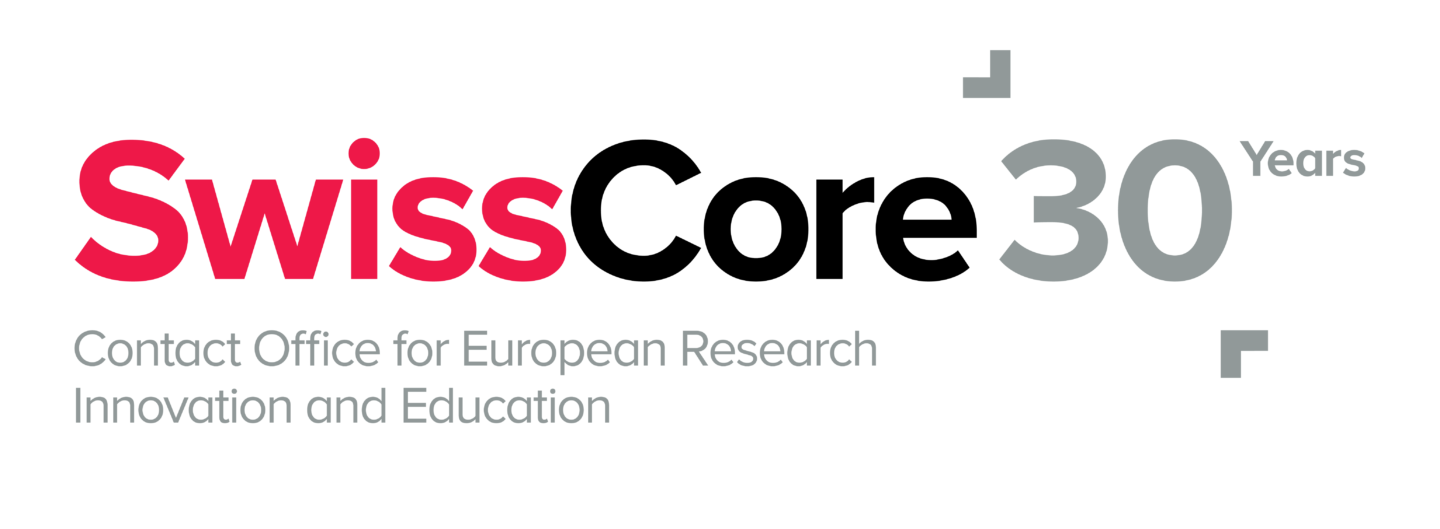Even if EU Member States’ education expenses are higher, they fail to compensate for inflation and face stronger competition from other public services.
Earlier this year, the European Commission (EC) published a comparative analysis of the PISA results (see SwissCore article). This analysis showed that fewer students in the EU Member States (MS) are achieving basic skills in mathematics, reading and science. In this context, the 2024 edition of the EC’s Investing in Education report focuses on the evolution of national education systems, on whether they have recovered after the Covid-19 pandemic, and on the state of educational research.
In 2022, the total investment in education was on average 9.5% of the total public expenditure in the EU. This amount corresponds on average to 4.7% of the gross domestic product (GDP) in the same year. At national level, the values vary from 7.2% to 14.6% of the share of total public expenditures (in Italy and Estonia respectively). In relation to GDP, Belgium and Sweden have the highest share (6.3%), while Ireland has the lowest (2.7%). These differences reflect the diversity of national economies and their different long-term strategies. This public investment consists of both national and European spending, such as Erasmus+ and the funds allocated to education under the Recovery and Resilience Facility (RRF, see SwissCore article). While the average share of GDP invested in education has returned to its pre-pandemic levels, the share of public expenditure on education is 0.6 points lower in 2022 than it was in 2019. However, this is not be the case for all MS: nominal expenditure on education at EU level in 2022 increased by 6.1% compared to the previous year, but real expenditure decreased by 0.7% due to inflation. Looking ahead, the EC does not foresee a major increase in the share of public expenditure on education: MS are currently prioritising other expenditure with different public functions: new measures to tackle the energy crisis and to support Ukraine have replaced pandemic-related expenses in the competition for public funds. In 2021, Switzerland had a higher share of public expenditure than any EU country: 17.7% of the public expenditure went on education. In terms of to the GDP, 5.6% was devoted to education. As in the EU, even though if the nominal expenditure increased from 2020 to 2021, due to a 0.6% increase in inflation, real expenditure decreased by 4.4%.
Overall, 9.5% of public investment in education is spent on school education. Pre-primary and primary levels account for 34% of the total expenditure, while secondary education accounts for 37%. Tertiary education accounts for 17% of the public expenditure and the remaining 12% is spent on other types of education, such as non-level related education and subsidiary services to education. As regards the distribution of expenditure, most of it, 64% on average in the EU, is spent on the remuneration of staff. Intermediate goods such as teaching materials, electricity consumption and maintenance services account for 13%. Finally, 8% is invested in gross capital formation, which includes the purchase of buildings and computers, and 15% is allocated to other expenses.
The second part of the report presents the state of the research in education policy and its impact on students. The literature review identified 17 policy areas such as the assessment methods, early school leaving or staff and student well-being. The number of publications on education policy in Europe increased strongly: from around 40 publications in 2010-2012 to more than 90 publications per year in 2021-2023. In terms of topics, competences and skills, institutional aspects of education systems and long-term effects of education are the most covered areas. On the other hand, educational infrastructure is the least researched topic, followed by international mobility and migrant students. The dataset collected is a first step towards analysing the causal effects of education policies in the EU through the Learning Lab on Investing in Quality Education and Training. Through the lab, the EC and MS aim to work together towards more effective and efficient education systems.

